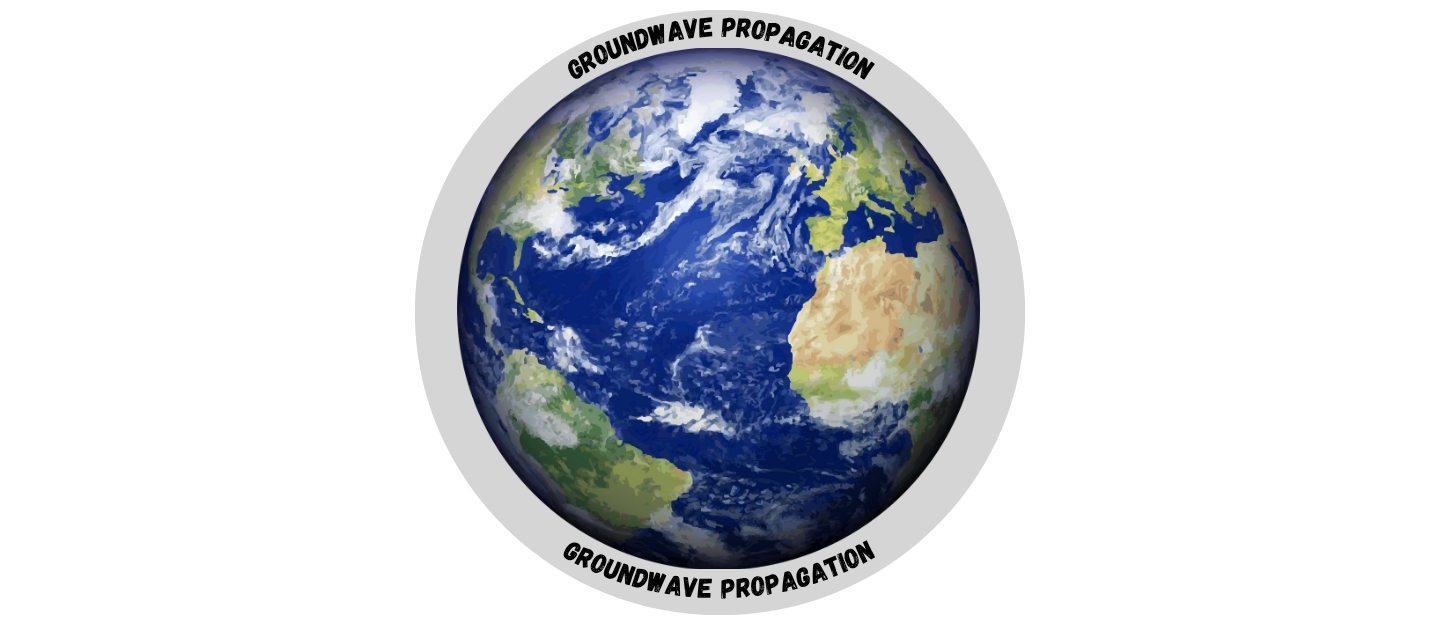Ground wave propagation plays a crucial role in radio communications, especially at lower frequencies. It refers to radio signals that travel along the surface of the Earth rather than reflecting off the ionosphere.
These waves follow the curvature of the planet, allowing reliable communication beyond the visible horizon. Because of this ability, ground wave propagation is commonly used in maritime, military, and AM broadcasting applications.
Moreover, it provides consistent coverage during both day and night, making it dependable for certain communication needs.
How Ground Waves Travel
Ground waves move by hugging the Earth’s surface, interacting with terrain, vegetation, and bodies of water. As they travel, the ground absorbs part of the signal’s energy, which causes gradual weakening over distance.
However, lower frequencies experience less absorption, which allows them to travel farther. For example, signals in the VLF and LF ranges can reach hundreds or even thousands of miles. Consequently, these frequencies are ideal for long-distance communication where line-of-sight methods are not practical.
Because the Earth is not a perfect conductor, the wavefront tilts slightly forward as it moves, allowing the signal to follow the planet’s curvature. Therefore, even stations that are far apart can maintain contact without relying on skywave reflection. Terrain and environmental factors greatly affect performance, with flat, conductive surfaces such as seawater supporting the strongest propagation.
Key Factors Affecting Ground Wave Strength
Several factors influence how far and how clearly a ground wave signal travels. First, frequency plays the most significant role. Lower frequencies propagate more efficiently because they resist absorption and diffraction losses. As the frequency increases, the signal tends to fade more quickly over distance.
Additionally, ground conductivity determines how much energy the wave loses along its path. Wet, salty ground or open ocean water provides excellent conductivity, resulting in stronger signals. In contrast, dry, sandy, or rocky terrain absorbs more energy, reducing range. Weather conditions also matter, as heavy rain or snow can slightly weaken signals by increasing ground losses.
Finally, transmitter power and antenna design impact overall performance. High-power transmitters generate stronger ground waves, while antennas designed for low-frequency operation can maximize signal efficiency. By optimizing these variables, operators can significantly improve their coverage area.
Practical Applications of Ground Wave Propagation
Ground wave propagation is essential for several types of communication. AM broadcast radio relies heavily on ground waves during the day, providing local and regional coverage. As night falls, skywave reflections take over, but daytime operation depends entirely on ground wave performance.
Maritime communication is another important application. Ships use low- and medium-frequency transmissions to maintain contact with coastal stations, even when far offshore. Because seawater provides excellent conductivity, these signals travel exceptionally well. This reliability makes ground wave communication vital for navigation and safety.
Military forces also use ground wave propagation for secure and dependable communication. Since these waves do not depend on ionospheric conditions, they remain stable during periods of solar activity or geomagnetic storms. This stability ensures uninterrupted coordination in critical situations.
Comparing Ground Wave to Skywave and Line-of-Sight
Ground wave propagation differs significantly from other modes, such as skywave and line-of-sight. Unlike skywave signals, which bounce off the ionosphere, ground waves do not depend on atmospheric layers. This makes them more predictable and less affected by solar cycles. However, their range is generally shorter unless very low frequencies are used.
In contrast, line-of-sight communication requires a direct path between antennas. VHF and higher frequencies rely on this mode but are limited by terrain and the Earth’s curvature. Ground waves overcome these limitations by following the surface, making them ideal for areas with obstacles like hills or buildings. Therefore, operators often combine multiple propagation modes to achieve reliable coverage under various conditions.
Maximizing Ground Wave Performance
To improve ground wave communication, operators must focus on several key elements. Choosing the right frequency is critical, with lower frequencies providing the best results for long-distance operation. Additionally, increasing transmitter power boosts signal strength and helps overcome losses.
Antenna placement and design are equally important. Vertical antennas are commonly used because they radiate efficiently along the surface. Positioning antennas near conductive ground, such as moist soil or saltwater, further enhances performance. Moreover, operators should monitor environmental factors like weather and terrain to anticipate potential signal changes.
Importance in Modern Communication
Although technology continues to evolve, ground wave propagation remains vital in many fields. Emergency communication systems often rely on it when other methods fail, ensuring that vital information reaches affected areas. In remote locations where infrastructure is limited, ground waves provide a dependable way to connect communities.
Even as satellites and digital networks expand, the reliability and simplicity of ground wave communication keep it relevant. Amateur radio operators also use this propagation mode for experiments and regional communication, especially on bands like 160 meters. Because it offers stability and predictability, ground wave propagation serves as a foundation for many essential services.
Ground Wave Propagation
Ground wave propagation continues to play an indispensable role in the world of radio communication. Its ability to travel beyond the horizon without depending on atmospheric conditions makes it both practical and reliable. By understanding the factors that influence signal strength, operators can design systems that maximize performance.
Furthermore, combining ground wave techniques with other propagation modes creates flexible and resilient communication networks. As technology advances, this fundamental propagation method will remain a cornerstone of reliable, long-distance communication.
Please consider Donating to help support this channel
